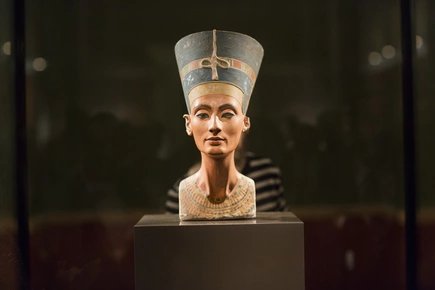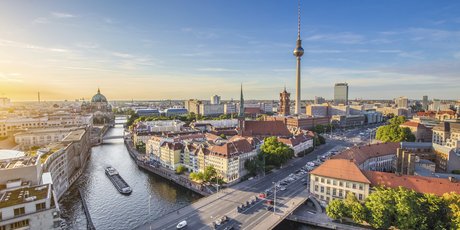
Berlin's official travel website
Event calendar
Events in Berlin

| Categories | |
|---|---|
| Enter search query… | |
| Datum | |
| District | - Any - |
| Online tickets | - Any - |
Events in Berlin

| Categories | |
|---|---|
| Enter search query… | |
| Datum | |
| District | - Any - |
| Online tickets | - Any - |